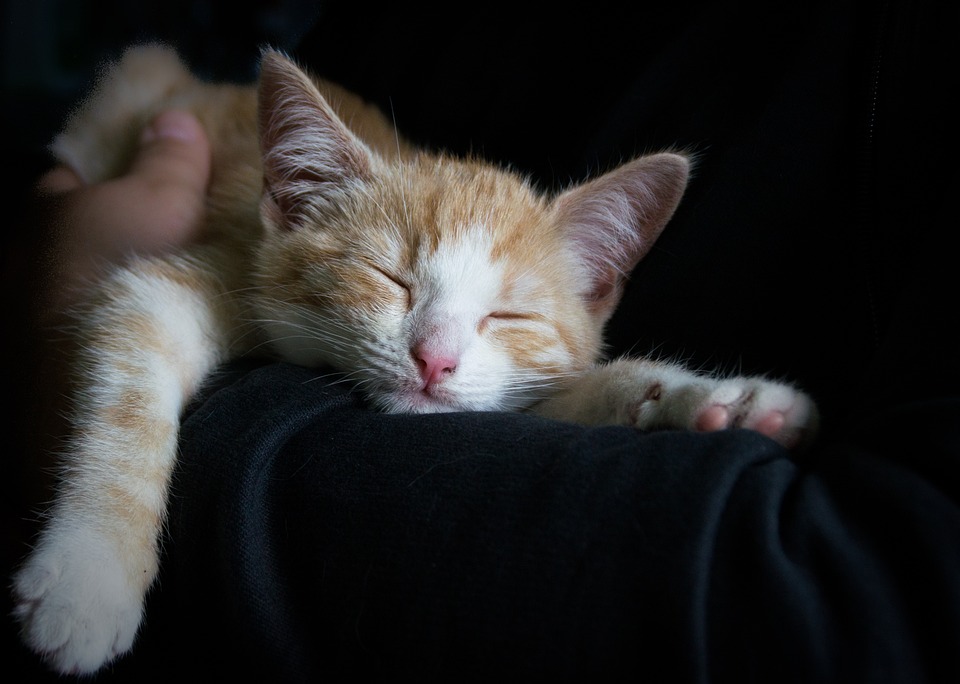Cats are susceptible to various respiratory diseases, ranging from mild sneezing to severe pneumonia. As a responsible cat owner, it is crucial to have a comprehensive understanding of these ailments to ensure your feline friend’s well-being. In this article, we will explore the most common feline respiratory diseases, their causes, symptoms, treatment options, and preventive measures.
Feline Upper Respiratory Infection (URI):
URI is a common respiratory disease in cats, often caused by viral agents such as feline herpesvirus and calicivirus, as well as bacterial infections like Bordetella bronchiseptica. It can be transmitted through direct contact with infected cats or contaminated objects. Symptoms include sneezing, nasal discharge, coughing, watery eyes, and loss of appetite. Diagnosis is made through physical examination and laboratory tests. Treatment options include supportive care, prescribed medications, isolation, and hygiene practices to prevent transmission. Preventive measures include regular vaccinations, minimizing stress, and maintaining a clean environment.
Feline Asthma:
Feline asthma is a chronic respiratory condition characterized by inflammation and constriction of the airways. It can be triggered by allergens such as pollen, dust mites, and cigarette smoke. Genetic predisposition and environmental factors also play a role. Symptoms include coughing, wheezing, labored breathing, and rapid respiration. Diagnosis is made through physical examination, X-rays, and airway samples. Treatment options include medications like bronchodilators and corticosteroids, avoidance of triggers and allergens, and environmental modifications for better air quality. Preventive measures include reducing exposure to known triggers and regular veterinary check-ups.
Feline Pneumonia:
Feline pneumonia is an infection of the lungs, often caused by bacteria, viruses, fungi, or aspiration of foreign objects or vomit. Symptoms include fever, coughing, rapid breathing, lethargy, lack of appetite, and weight loss. Diagnosis is made through physical examination, radiographs, and laboratory tests. Treatment options include antibiotics or antifungal medications, oxygen therapy, supportive care, and monitoring. Preventive measures include prompt treatment of respiratory infections and avoiding exposure to potential contaminants.
Frequently Asked Questions (FAQs):
This section answers common questions about feline respiratory diseases. It explains the zoonotic potential of these diseases and provides precautions to minimize the risk of transmission to humans. It also highlights the importance of vaccinations in preventing feline respiratory diseases and discusses how to minimize the risk of cats contracting respiratory infections through good hygiene practices and stress reduction. The article cautions against self-medication and advises consulting a veterinarian for home remedies for alleviating feline respiratory symptoms. It emphasizes the importance of seeking veterinary care promptly for respiratory issues and provides potential red flags to look out for.
Conclusion:
By familiarizing yourself with the common feline respiratory diseases, their causes, symptoms, and treatment options, you can better protect your beloved cat from these ailments. Regular veterinary care, vaccinations, and maintaining a clean environment are key to preventing and managing these conditions effectively. Remember, the health and well-being of your feline companion depend on your commitment to their respiratory health.








